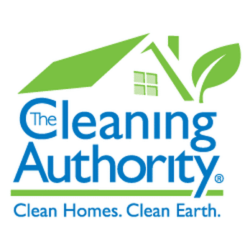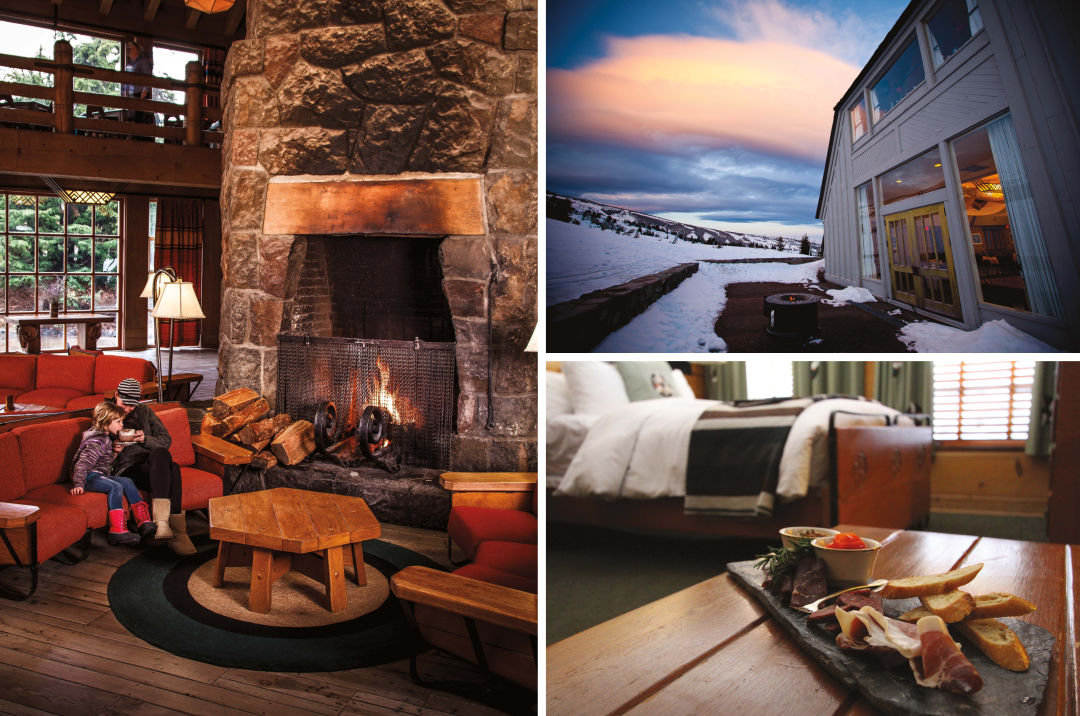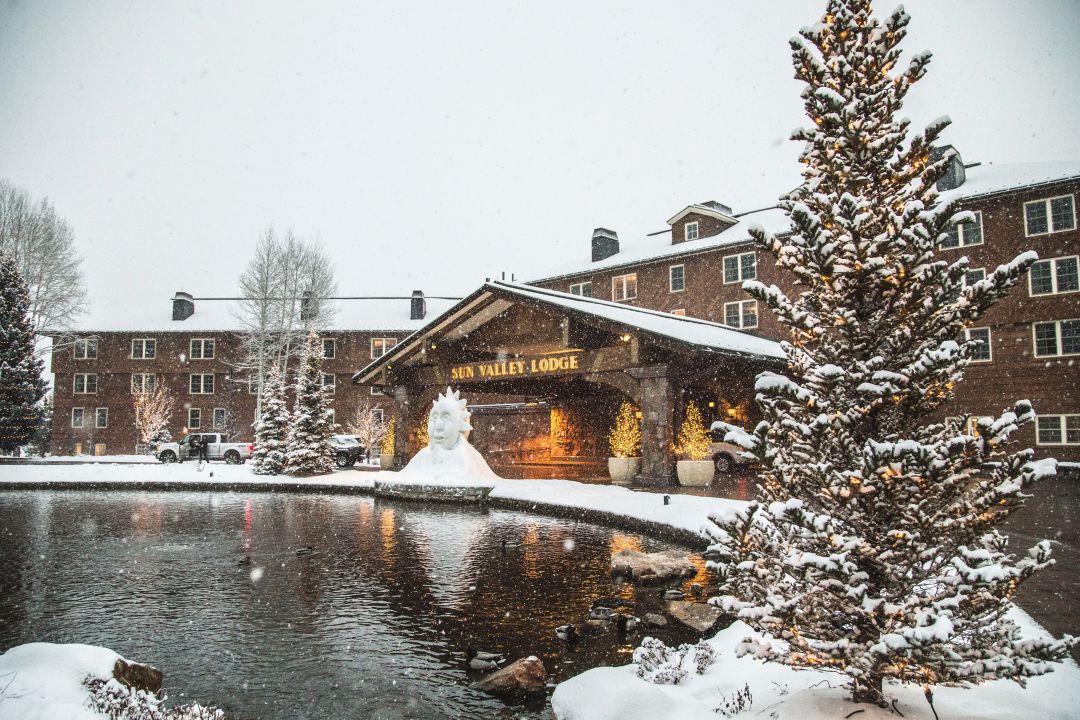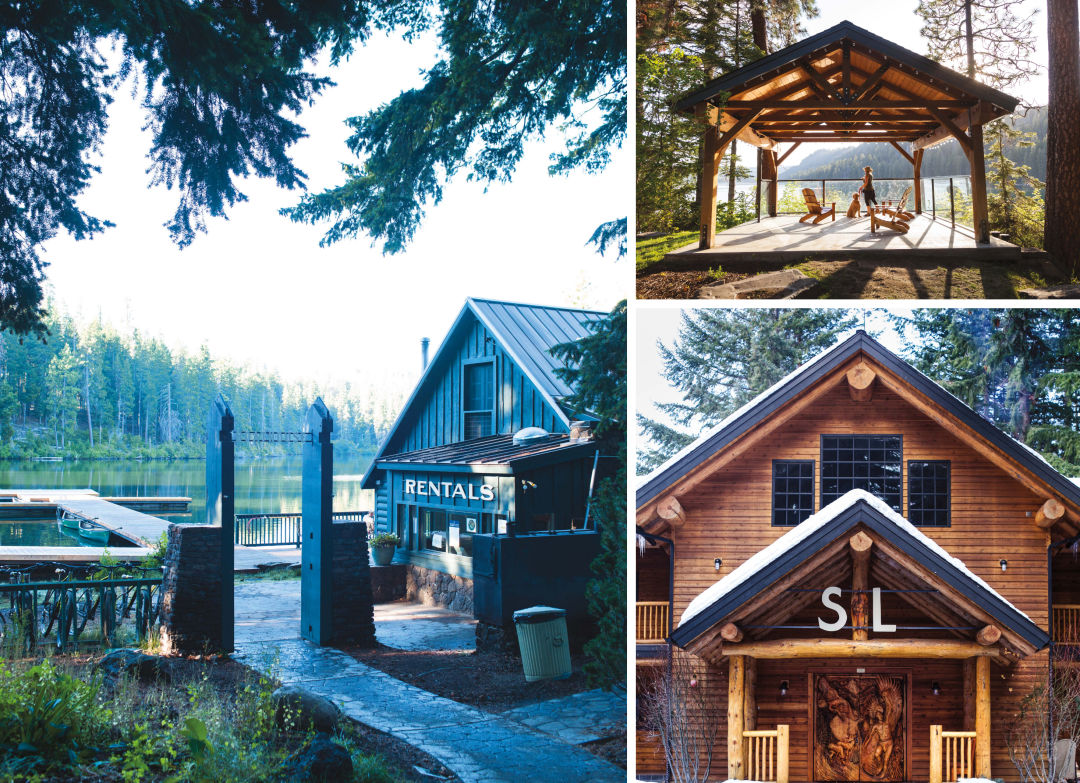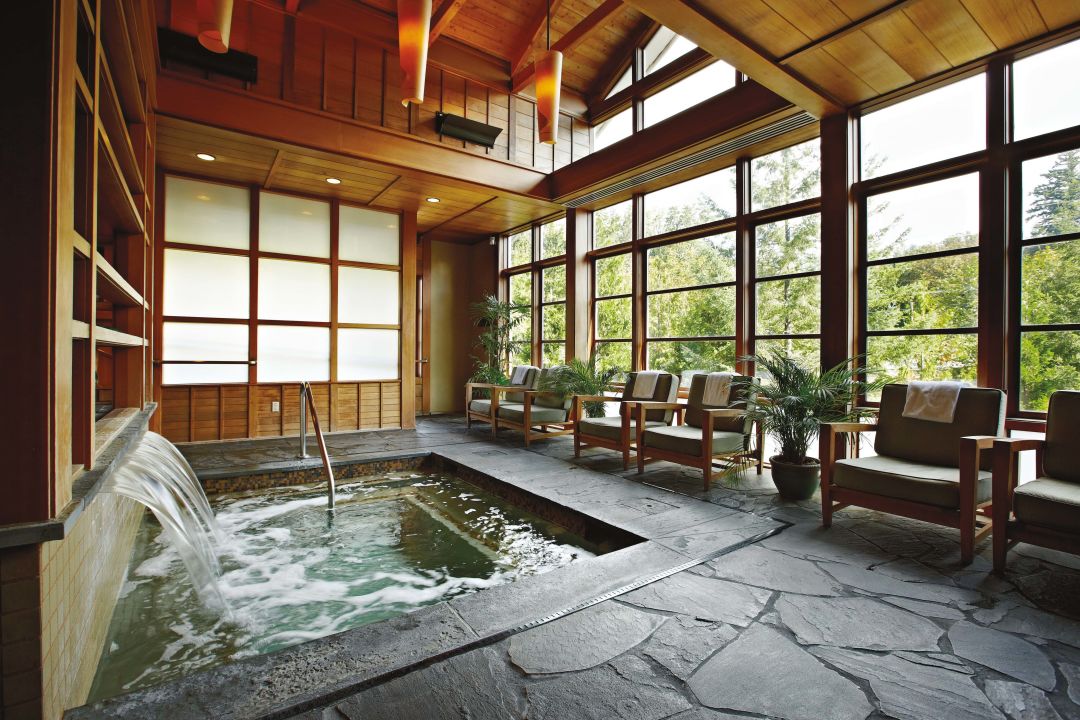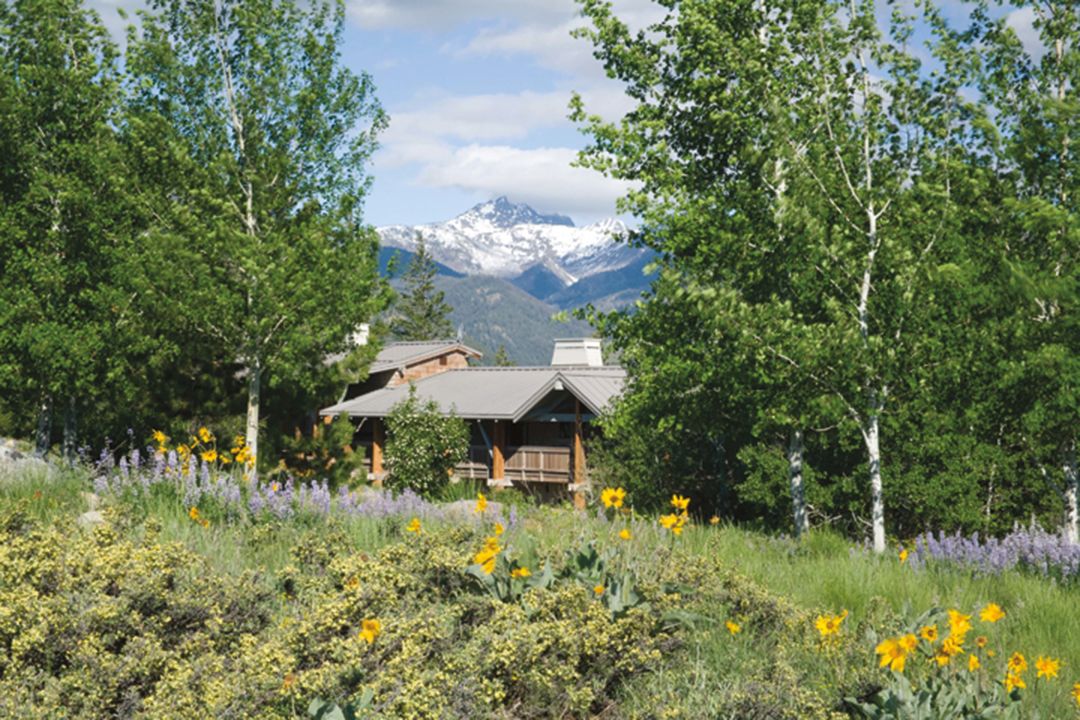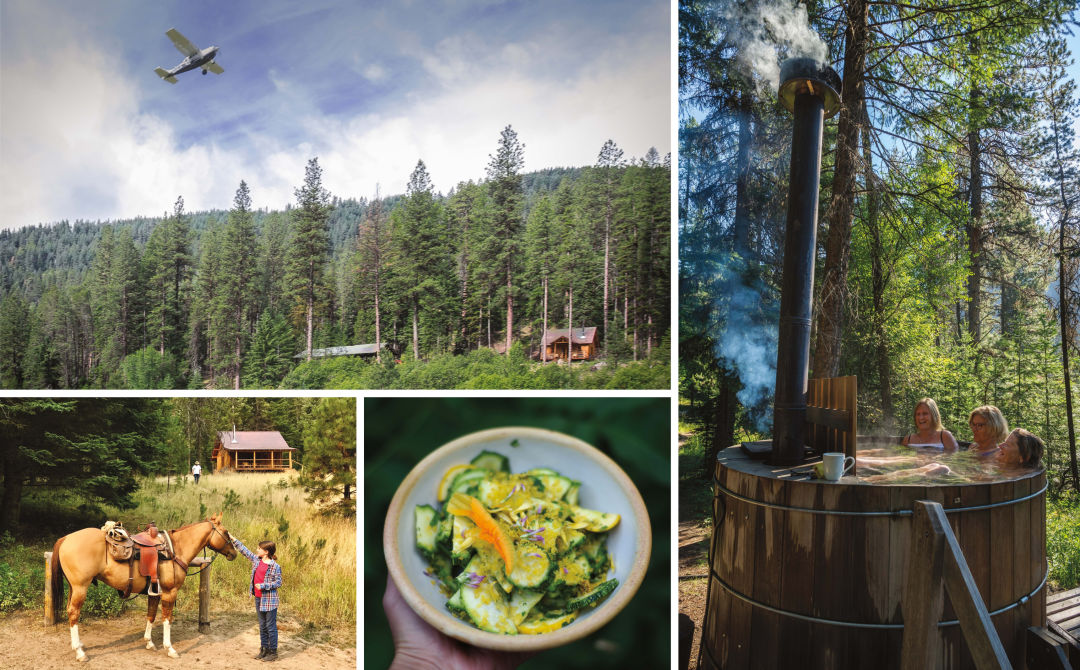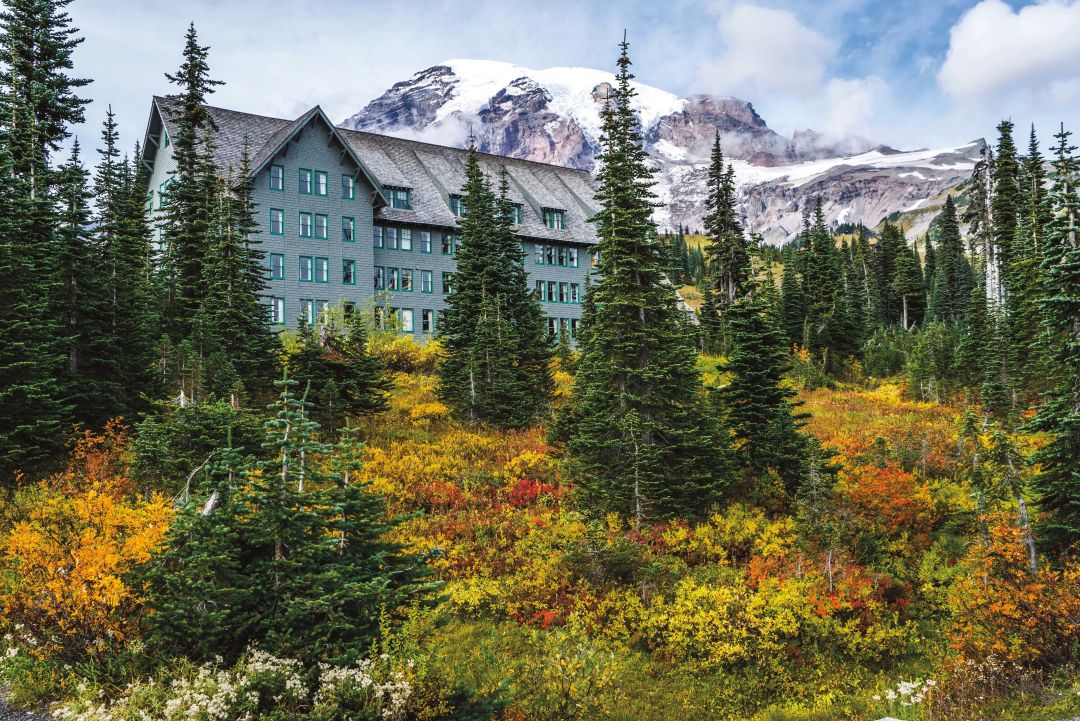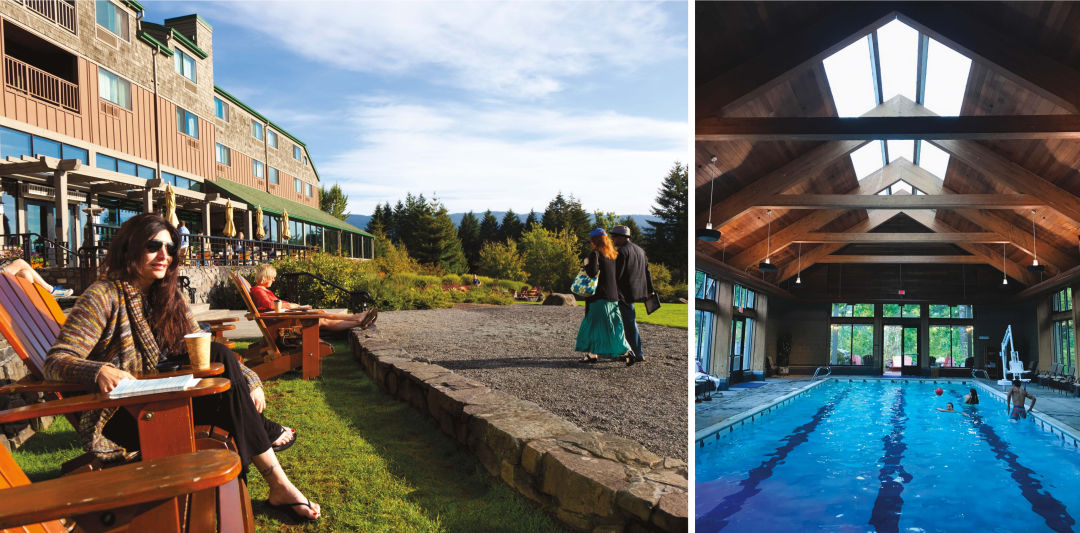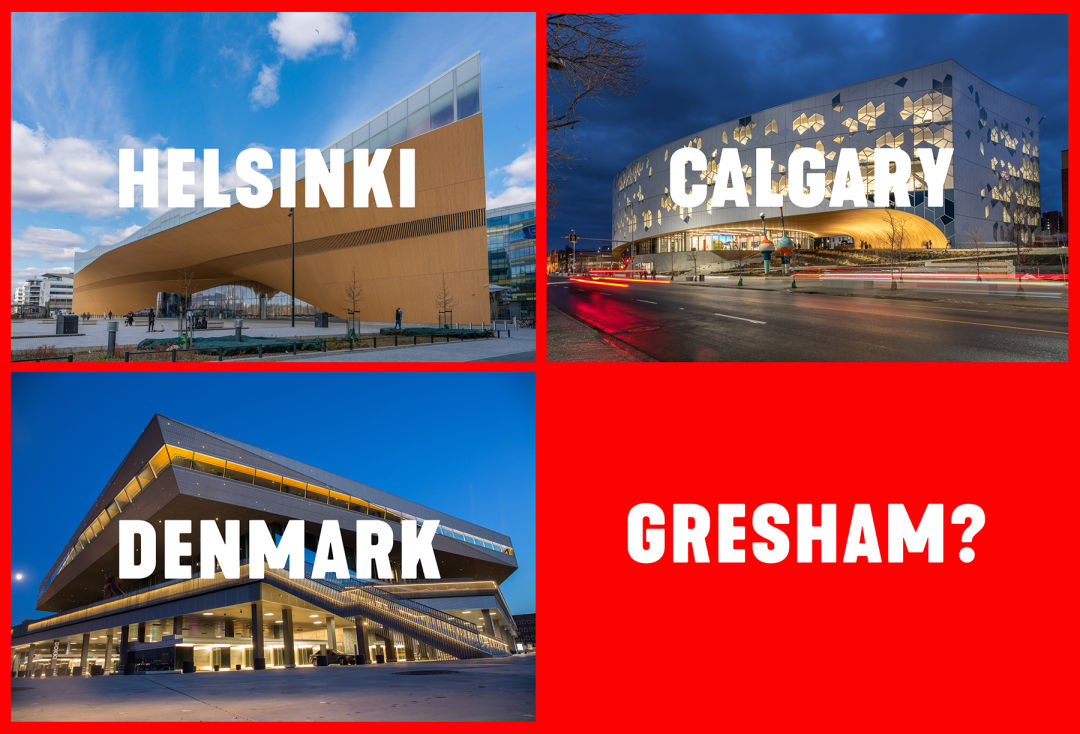Every new year, countless vows are made to declutter—which explains the enduring popularity of Marie Kondo.
This tidying expert “sparked joy” around the world with the release of her bestselling book in 2010, “The Life-Changing Magic of Tidying Up.” Since then, she’s starred in her own Netflix series, “Sparking Joy With Marie Kondo,” recently released yet another tome, “Kurashi at Home,” and has even encouraged us to add to our pile of possessions by launching her own line of organizational products.
Yet in the 12 years since she first encouraged household purging, Kondo’s approach to organization has evolved, expanding beyond streamlining our closets and cabinets into a whole way of life. Curious to hear what’s changed, we asked Kondo about her own New Year’s resolutions, the biggest mistakes people still make when decluttering, and much more that will help you live your best life at home in 2023 and beyond.

(KonMari Media, Inc.)
Clearing out clutter is a common New Year’s resolution. What’s your best advice for achieving that goal?
My best advice for those looking to initiate a New Year’s organization project is to think clearly about what intentions you want to set. Ask yourself what your ideal life looks like, and envision what exactly you want to be surrounded by.
When you work through this step of the decluttering process, you are really clarifying why you want to tidy and envisioning your best life.
I feel the same goes for setting a resolution; be honest with yourself and what you want out of the new year.
Do you make New Year’s resolutions and if so, what are they? What are you looking forward to in 2023 that will spark joy in your own life?
Winter months are the ideal time to go inward and plan for the year ahead. Journaling is how I sort my thoughts and tidy my mind. I use the opportunity to identify what I am looking forward to reorganizing, whether it be related to my personal or professional life.
To me, a fresh notebook can go a long way when it comes to getting your life in order, especially around the new year. I often will refer to what I’ve written to check back with my original resolutions and track how I’ve progressed, or if the original intention has evolved since working toward it.
The new year is a time of rich tradition in Japan, with family and friends gathering for days to celebrate the occasion. From writing intentions to eating symbolic foods, this time of year is great for resolution setting.
In 2023, I am setting the resolution to use something new. Replacing something that you often use, like a toothbrush, towels, or socks, can infuse fresh energy into our life and make the new year one that truly sparks joy.
What are the most common mistakes you see clients make when decluttering in the new year?
In the KonMari Method, we tidy by category and not by location. When clients tidy a single closet or room at a time, they’re repeating the same work in many locations. That is why my method believes in category-based decluttering, so you can tackle all of one category or type of item at once—beginning with clothes, then books, moving over to papers, then komono [miscellaneous items], and finally sentimental items.
Tidying in this specific order is not only efficient, but you’ll also gain a deeper understanding of the method and of yourself as you move along.

(KonMari Media, Inc.)
Gifts are an inevitable part of the holiday season. … What’s your strategy for giving presents that don’t contribute to clutter, and how do you deal with receiving items that don’t spark joy?
When giving gifts, I urge people to follow these three steps: Think about the recipient’s lifestyle, imagine them using the gift, and let go of the end results.
When you think intentionally about what your friend or family member may need in their life, the process becomes a little simpler. It doesn’t have to spark joy for you, but it obviously should for them!
Lastly, I urge people to give gifts without expectations or an agenda, which can help both the giver and the receiver from feeling undue pressure or like they’ve fallen short.
My recommendation for making the most of gifts you’ve received is to try it out at least once.
The ability to feel what truly excites you is only gained through experience. Be adventurous and welcome things that are different. After trying the gift out, if it still doesn’t feel like a fit, thank it for the joy it brought when you first received it and let go with gratitude. There are many ways to mindfully discard an unused gift.

(KonMari Media, Inc.)
How is your new book an evolution or next step from your prior books on organizing and living your best life?
Writing “Kurashi at Home” gave me the opportunity to show readers how [to] tidy all aspects of your life, not just your home. Mindful rituals have always been very important to me, and while everyone’s daily rituals will look a little different, explore the ones that encourage you to achieve your best life.
The book goes into more depth about the steps to take to achieve Kurashi. It also offers inspiration throughout via wonderful imagery and my own personal rituals that I hope will help readers better understand how to surround themselves with joy.
How do you approach organizing your digital life?
When it comes to your computer, phone, or tablet files, identifying what exactly sparks joy in this capacity is that your files are organized and tidy, so you can find what you need when you need it.
Digital clutter can be more tedious and time-consuming to sort through, but once it’s done, you’ll feel relief each time you log on. Don’t be afraid to archive and store a majority of your data. If you aren’t using it every day or needing it readily available, it can definitely live elsewhere!

(KonMari Media, Inc.)
How has your organizing method evolved since having children?
Since having children, [my] method has not changed but my daily mindset definitely has. It will always stay true to its six basic principles, but since the founding of the method, I’ve become a mother and faced many business changes as well.
Before my children were born, it was easy to completely devote myself to tidying and the growth of the method and business. Now, since having children and learning to juggle my priorities, I have become less critical of messes in my life both literally and figuratively. I try to keep my life in order as much as possible, but with juggling a family and a brand, these days I am OK with—and embrace—the occasional mess.
When one family member—spouse or kids—is messy and other is not, how should they approach finding an organizational system that works for them both?
It can be hard to find middle ground when a family member or roommate has a different living style than you. A few tips I recommend to create a functional, shared organizational system is to find a time that works for everyone, including kids, and commit to tidying and organizing together.
I also recommend dividing and conquering. Maybe your roommate or partner doesn’t mind vacuuming and sweeping, and you prefer to do the dishes and fold laundry—lean into each other’s tidying preferences.
Lastly, if you’re looking to incorporate your children more, I always tell parents to make organizing fun for children. Teach your children that everything has a home so when cleanup time comes around, it can be made into more of a fun game where children will want to tuck their toys into designated spots.
All in all, open dialogue and understanding of preferences can help you develop an organization system where everyone under one roof is held accountable!

(KonMari Media, Inc.)
Working from home is now common. What’s the best way to keep spaces that serve dual purposes—work and personal—organized?
It is vital to keep dual-functioning, work-from-home spaces organized so when you are working from that area, you can have a productive and efficient day.
Go through your desk drawers and toss out old receipts, corral loose change, and recycle paper items that are no longer needed.
Consolidate same-category items versus having them loosely scattered in multiple areas. Office supplies, paperwork, books, and other items should all have a specific home within your desk area.
I also recommend making a clear separation of your professional and personal paperwork. Items like [a] bamboo file divider and organizer or letter and papers tray are a great addition to any desktop to keep important paperwork separate and neat.
You’ve been practicing and teaching your method for years. What new lessons have you learned, and what still surprises you about organization?
Since my first book, I’ve learned countless lessons both professionally and personally. Since meeting my husband and growing our family, I’ve learned how special raising children has been for both of us and helped us lead more fulfilled lives.
With the publishing of my latest book, “Kurashi at Home,” the opportunity to teach people how to apply the method to other areas of their life has been an exciting lesson that I’ve been developing for a while.
Organization is truly an act of self-care, and I am able to practice that craft each day, which is what makes my job feel so special. Tidying my surroundings and practicing a tidy lifestyle is constantly teaching me new lessons, and I cannot wait to continue to explore it further.
For this and similar articles, please visit Realtor.com



